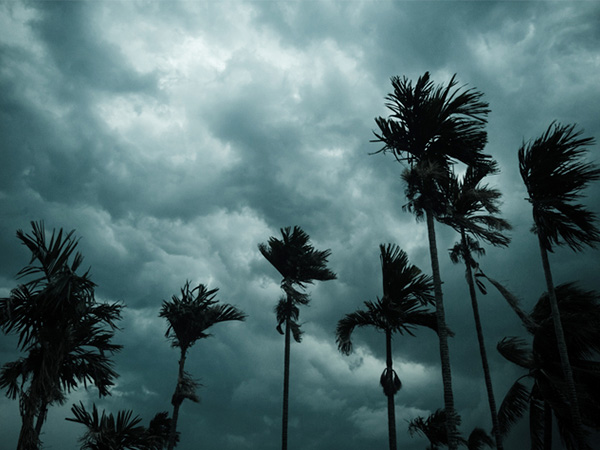Colorado State University just released its prediction for the 2023 Hurricane Season and anticipates 13 named storms. Based on its forecast, the University is advising coastal residents to begin their storm preparations now.
Hurricane Preparedness Week is May 1-7 and the season officially begins June 1 so it’s time to start planning for severe weather. The Federal Emergency Management Agency (FEMA) recommends assembling an emergency preparedness kit and establishing a family communication plan.
Another way to protect your home and family during a power outage is to have a plan for emergency backup power.
“One of the most frequent effects of a hurricane or tropical storm is the loss of power. To ensure you don’t lose power, you can have a home generator or backup battery system installed. A standby generator or battery backup automatically kicks on when a utility power outage occurs and provides you and your family with electricity when you need it most. These systems can power any of the critical needs of your family – from your lights, refrigerator and water heater to your phones and electronics so you can stay in communication with loved ones.”
Clement Feng, Vice President of Marketing
Build an Emergency Preparedness Kit
FEMA recommends gathering:
- Jugs of water – one gallon per person for several days
- Nonperishable food and a manual can opener
- Battery-powered or hand-crank radio or NOAA Weather Radio
- Cell phone, charger and battery chargers
- Flashlight
- Batteries
- First aid kit
- Dust mask
- Whistle – to signal for help
- Plastic sheeting and duct tape
- Moist towelettes and garbage bags – for sanitation
- Area maps
Plan for Backup Power
Standby generators are a seamless option for backup power before, during and after a storm. They are permanently installed outside the home and are fueled by propane or natural gas. Since they require professional installation, it’s best to consider adding a standby unit in advance of the upcoming storm season.
Briggs & Stratton offers a complete line of PowerProtect standby generators that range in size to meet a variety of homeowner needs. The Briggs & Stratton 10kW and 12kW models are the smallest footprint standby generators on the market (over 30% smaller footprint than competitors in their named class) and work well for mid-sized homes. The 26kW unit is the industry’s most powerful and can power a whole house through an outage. The full line of Briggs & Stratton standby generators are equipped with the industry's most comprehensive warranty.
“Unfortunately, every year hurricanes and tropical storms have a significant effect on the United States,” adds Feng. “Taking steps now to get a standby generator installed will ensure your lights stay on and your family is protected when the outages from these storms start rolling in.”
In addition to standby generators, Briggs & Stratton Energy Solutions provides residential battery storage that can capture energy generated by solar panels, wind turbines, generators or the grid. Homeowners can tap into the stored energy for backup power in case of a power outage, brownout or for time-of-use (TOU) cost savings, peak shaving, net energy metering (NEM) or off-grid living. Battery storage systems have the added benefits of silent operation, no need for gaseous fuel and can be installed where there is limited space. And this year, they can also qualify for income tax credits under the Inflation Reduction Act of 2022.

Ready to start protecting your home?
Our Whole-House Generator Sizing Calculator allows you to select what you want to power in your home and directs you to the appropriate-sized generator system.



